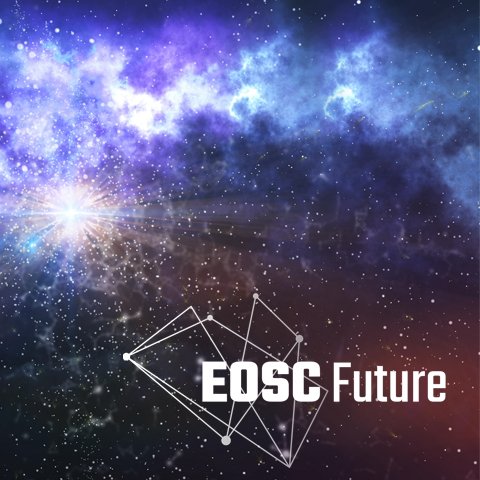
Submitted by r.meneses on Mon, 31/05/2021 - 13:40

The Dark Matter Test Science Project recognises that many of the Research Infrastructures within ESCAPE have experiments that are searching for dark matter (DM). There is a clear complementarity between these experiments under a variety of dark matter hypotheses. Connecting results and potential discoveries from different experiments requires the engagement of all scientific communities involved - astrophysics, particle physics and nuclear physics - as already recommended within the update of the European Strategy of Particle Physics.
Besides the interpretation of results in terms of dark matter theories, synergies also exist between different communities and experiments in the tools needed to produce those results, in particular in terms of data management, data analysis and computing. This is one of the keystones of the Test Dark Matter Science Project within the European Science Cluster of Astronomy and Particle physics ESFRI research infrastructures (ESCAPE) project.
The scientific added value for this Test Science Project is provided by new dark matter analyses, initially coming from the complementary experiments within the ESCAPE partners, funded through the new EOSC-Future project:
- The ATLAS experiment at the Large Hadron Collider at CERN: Postdoctoral fellowship vacancies available at LAPP
- The DARKSIDE Direct Detection experiment: Postdoctoral fellowship vacancy available at INFN Rome-1
- The KM3NeT and CTA indirection experiments: Postdoctoral fellowship vacancies available at FAU
- as well as from theory and observational constraints: Postdoctoral fellowship vacancy available at LAPP
These new data analyses will all be interpreted within the same theoretical framework and displayed in a summary plot that showcases their synergies.
During the analysis design, we will identify innovative algorithms (e.g. machine learning, but also procedures to reconstruct images to distinguish signal and background) that can be individually highlighted and shared for use by other scientific communities and / or in society.
The Open Science added value for this Test Science Project is that all the digital objects within these new DM analyses will be implemented within the ESCAPE services infrastructure (Data Lake, Software Catalogue, Analysis Platform). We will make use of the ESCAPE Data Infrastructure for Open Science in the European Open Science Cloud to store, distribute and provide data and software access to the broad dark matter scientific community. This is a unique link between DM as a fundamental science question and the Open Science services needed to answer it that benefits the scientific community as a whole. This will serve as a stepping stone to build a virtual research environment within the European Open Science Cloud (EOSC).
Within the DM Test Science Project, new dark matter searches from experiments in the ESCAPE Research Infrastructures will rely on ESCAPE services within EOSC-Future to see their experimental data, simulations and software procedures developed within sustainable analysis pipelines and converge into a bigger picture to constrain or discover dark matter.
More information abuot the DM Test Science Project is available here.

